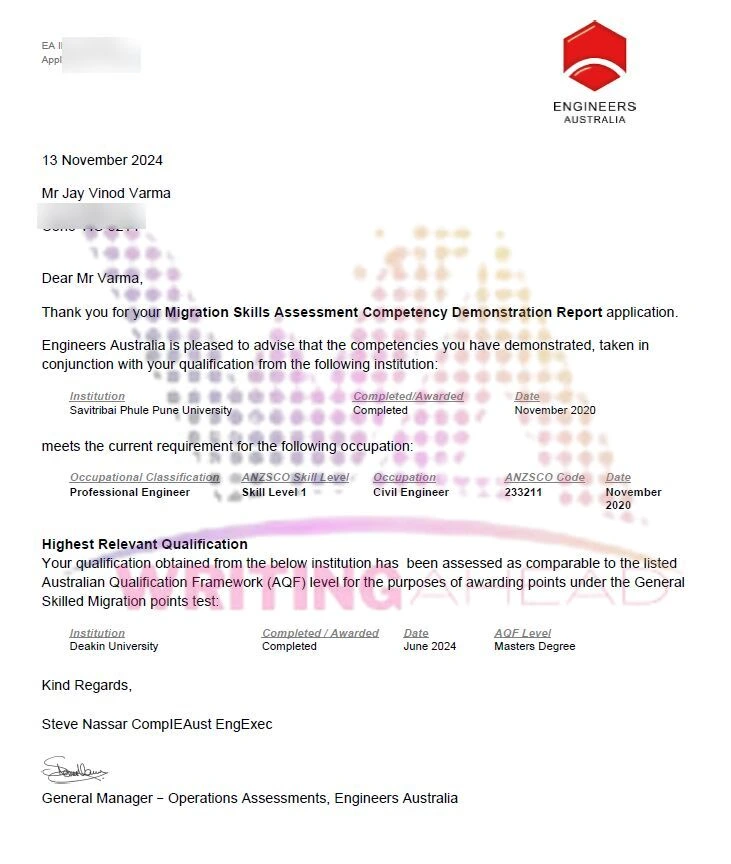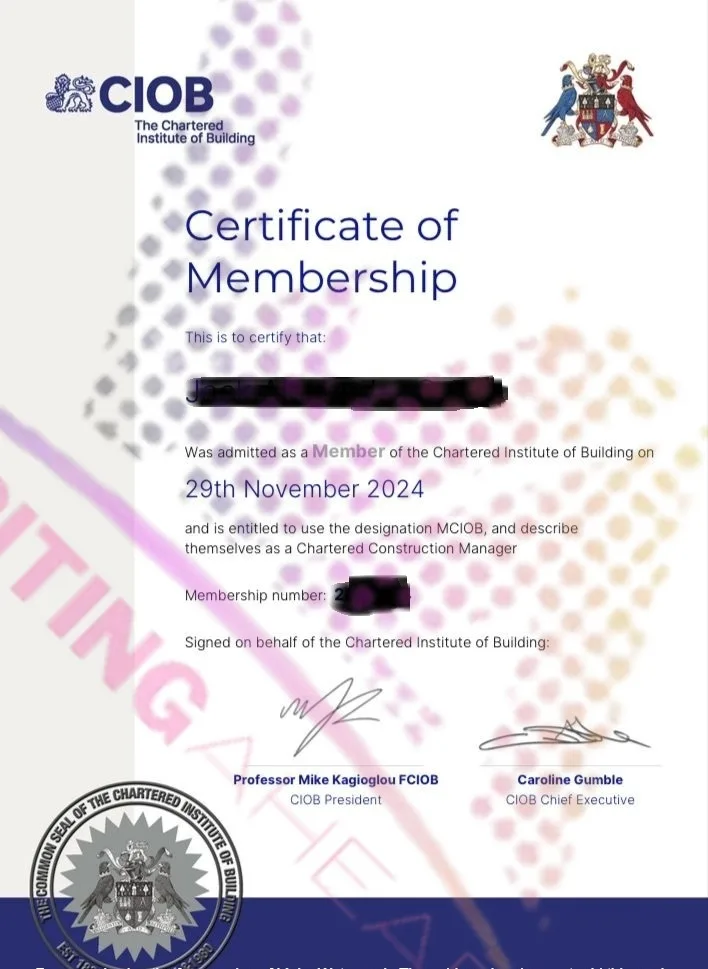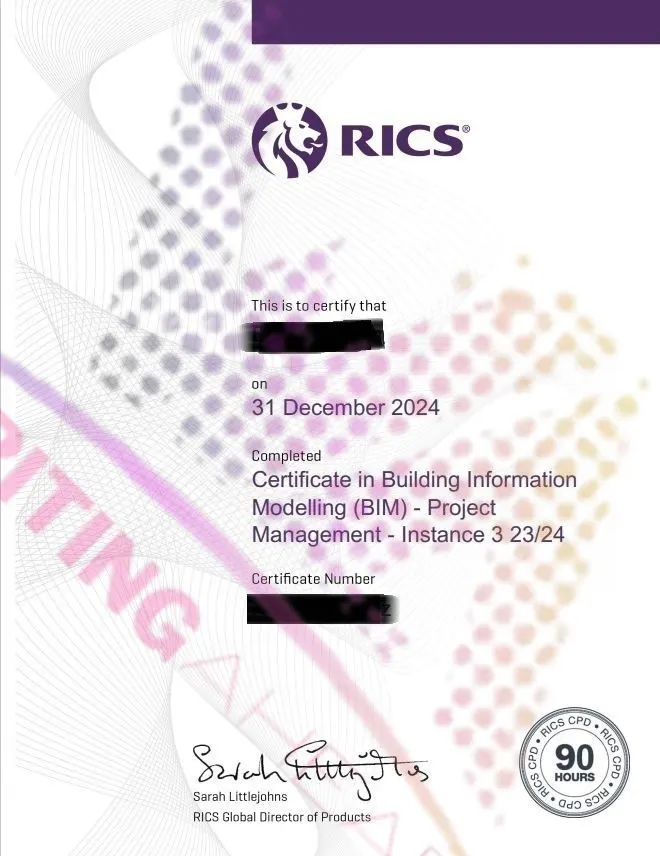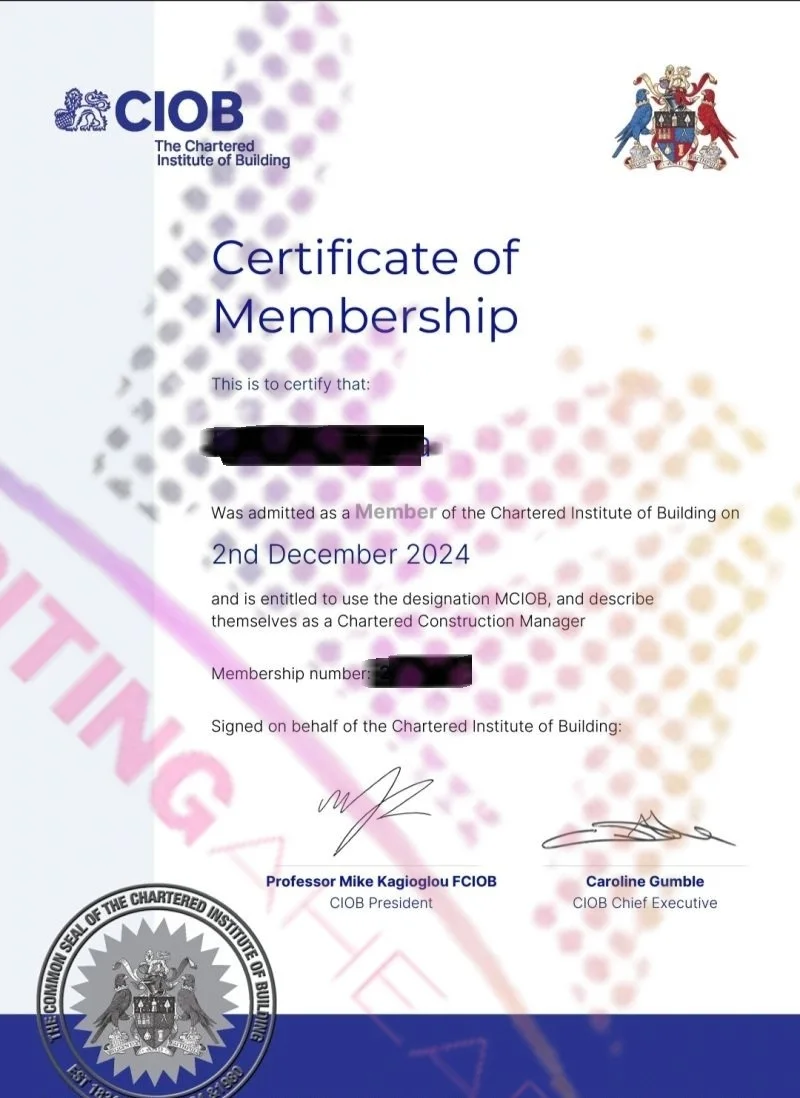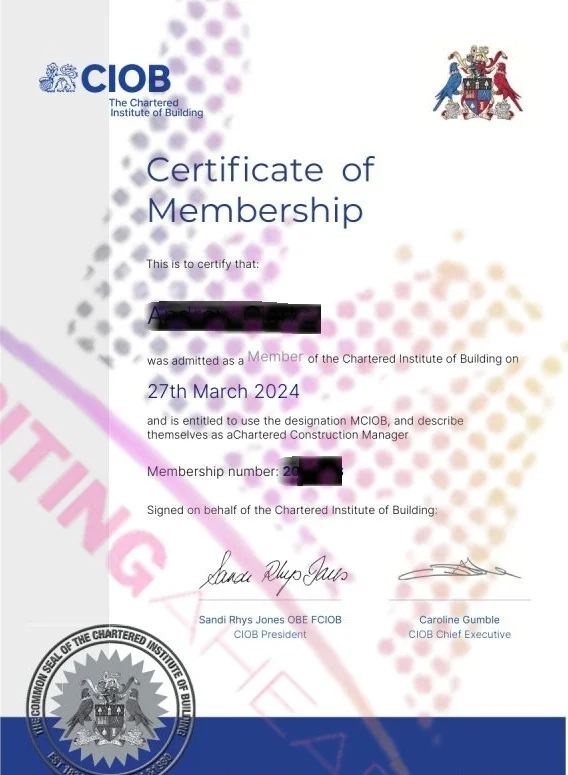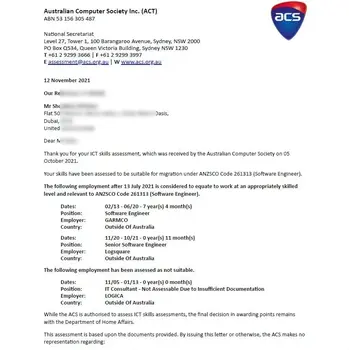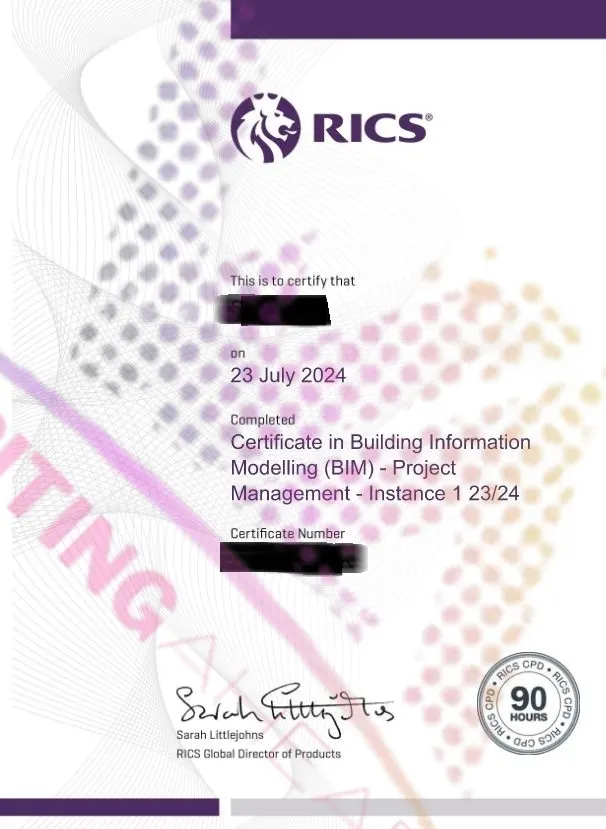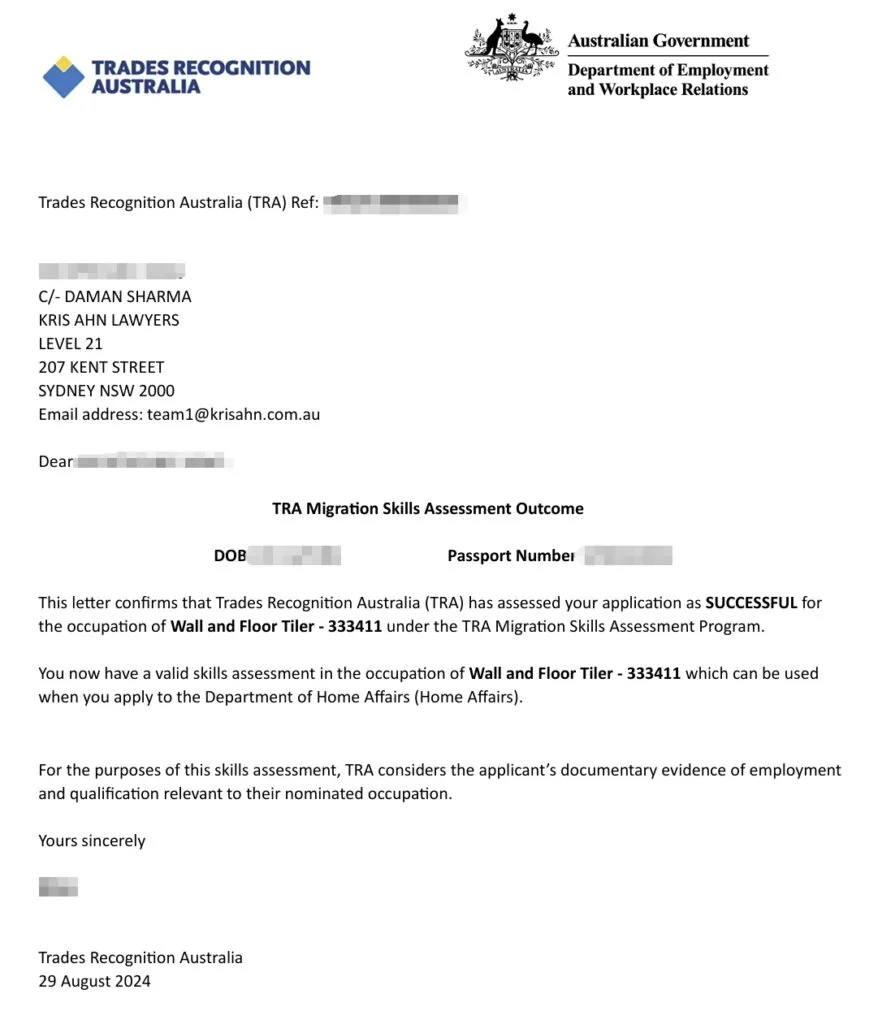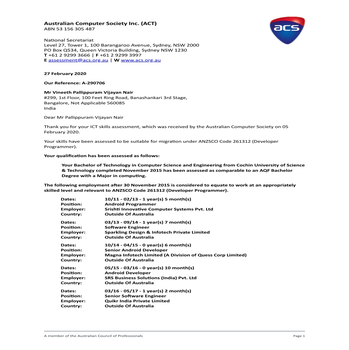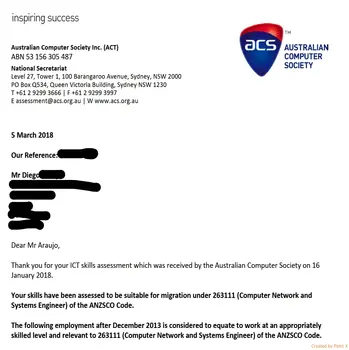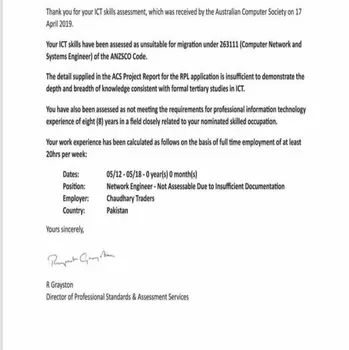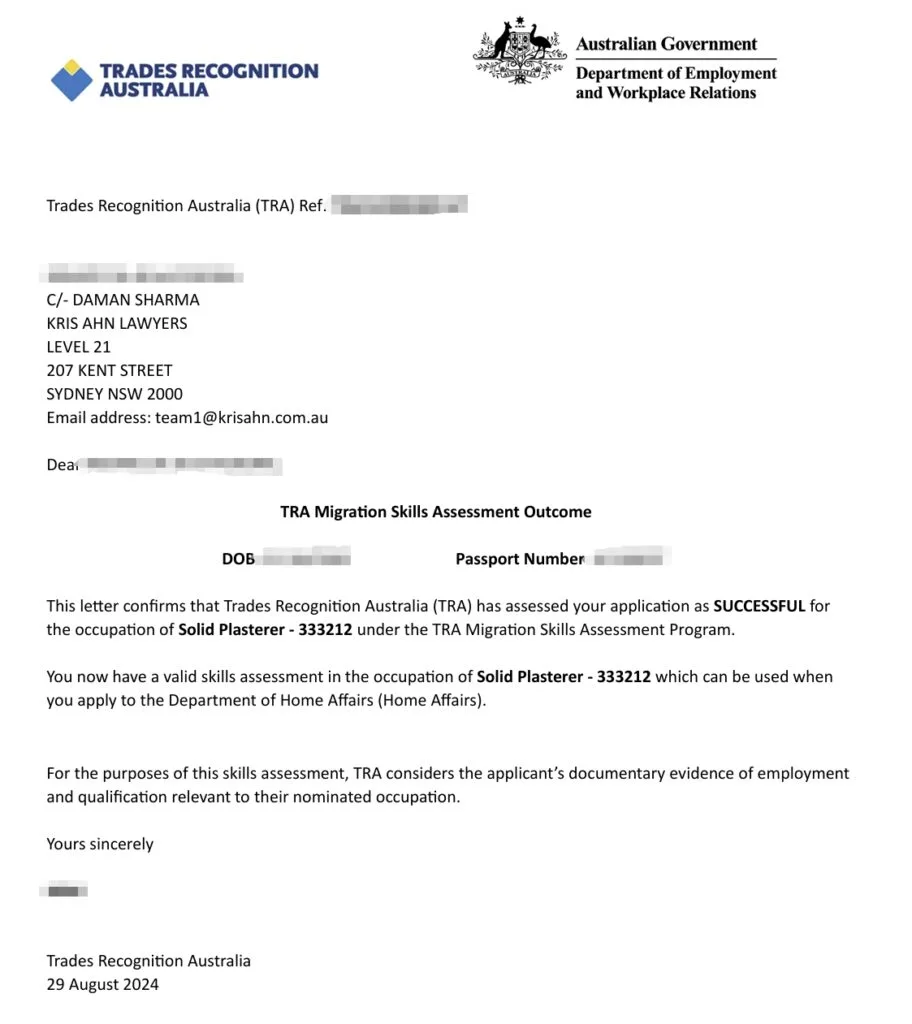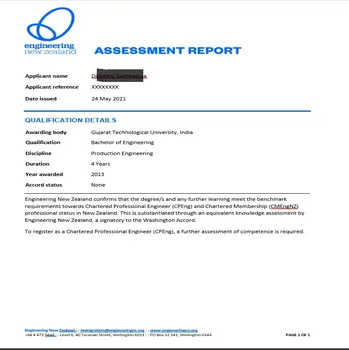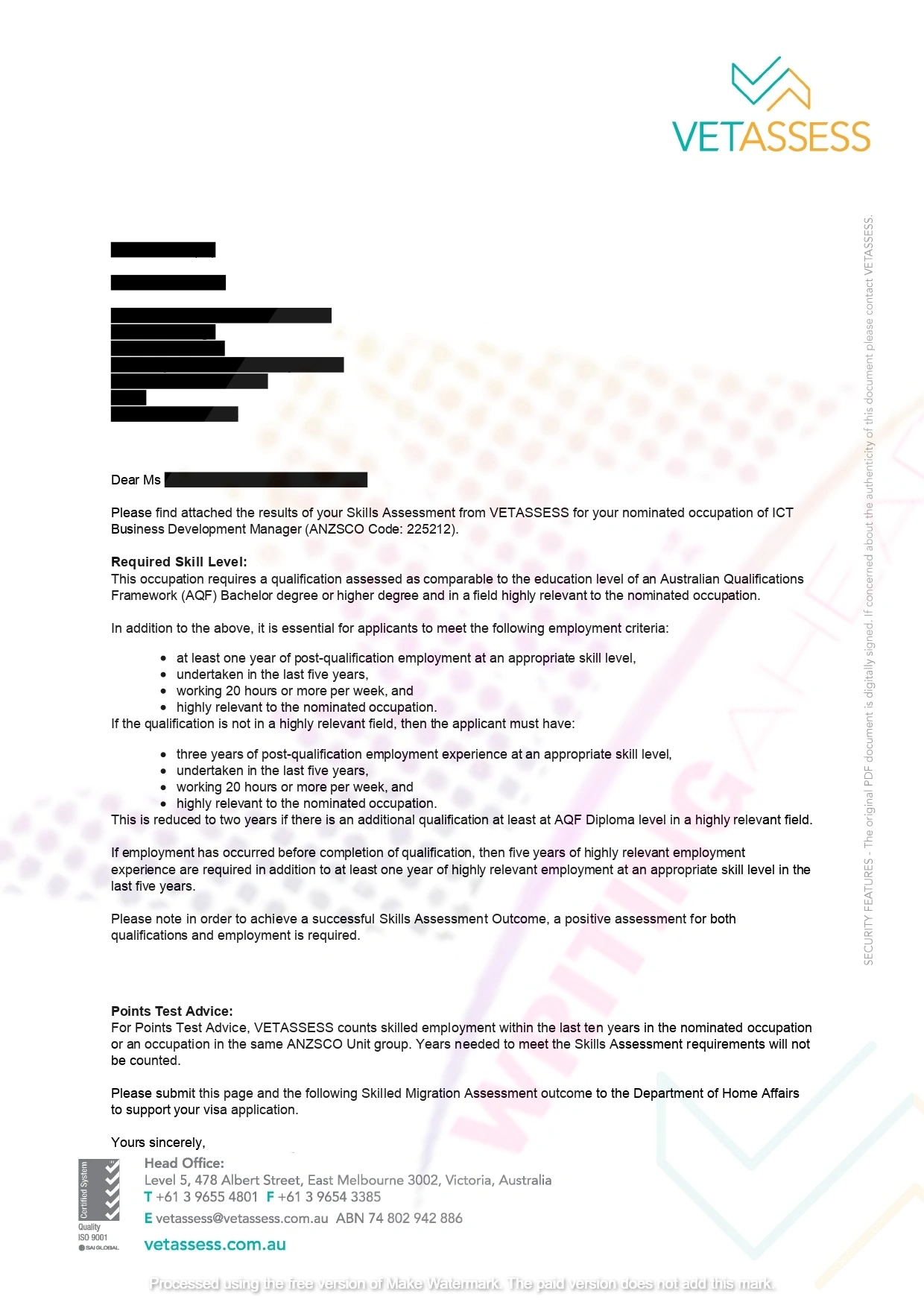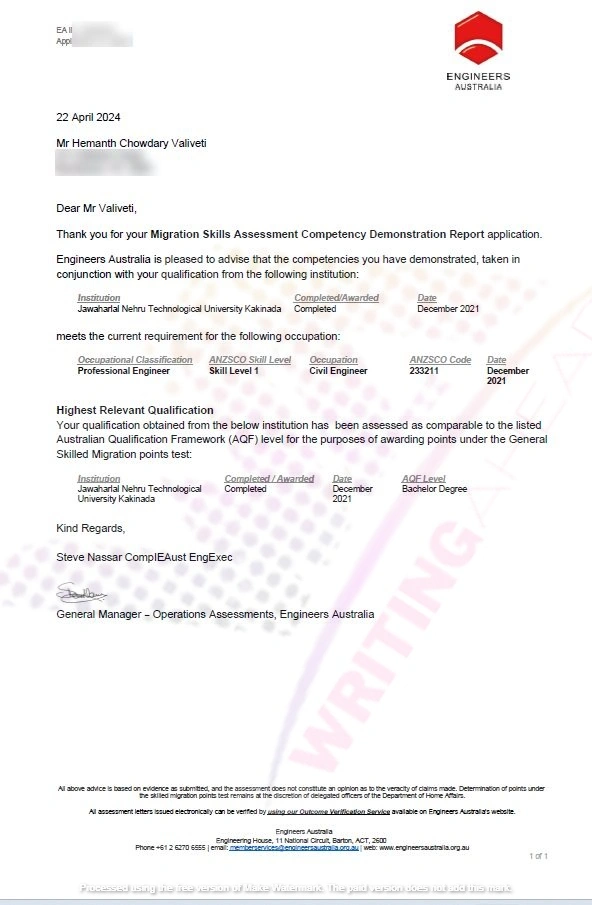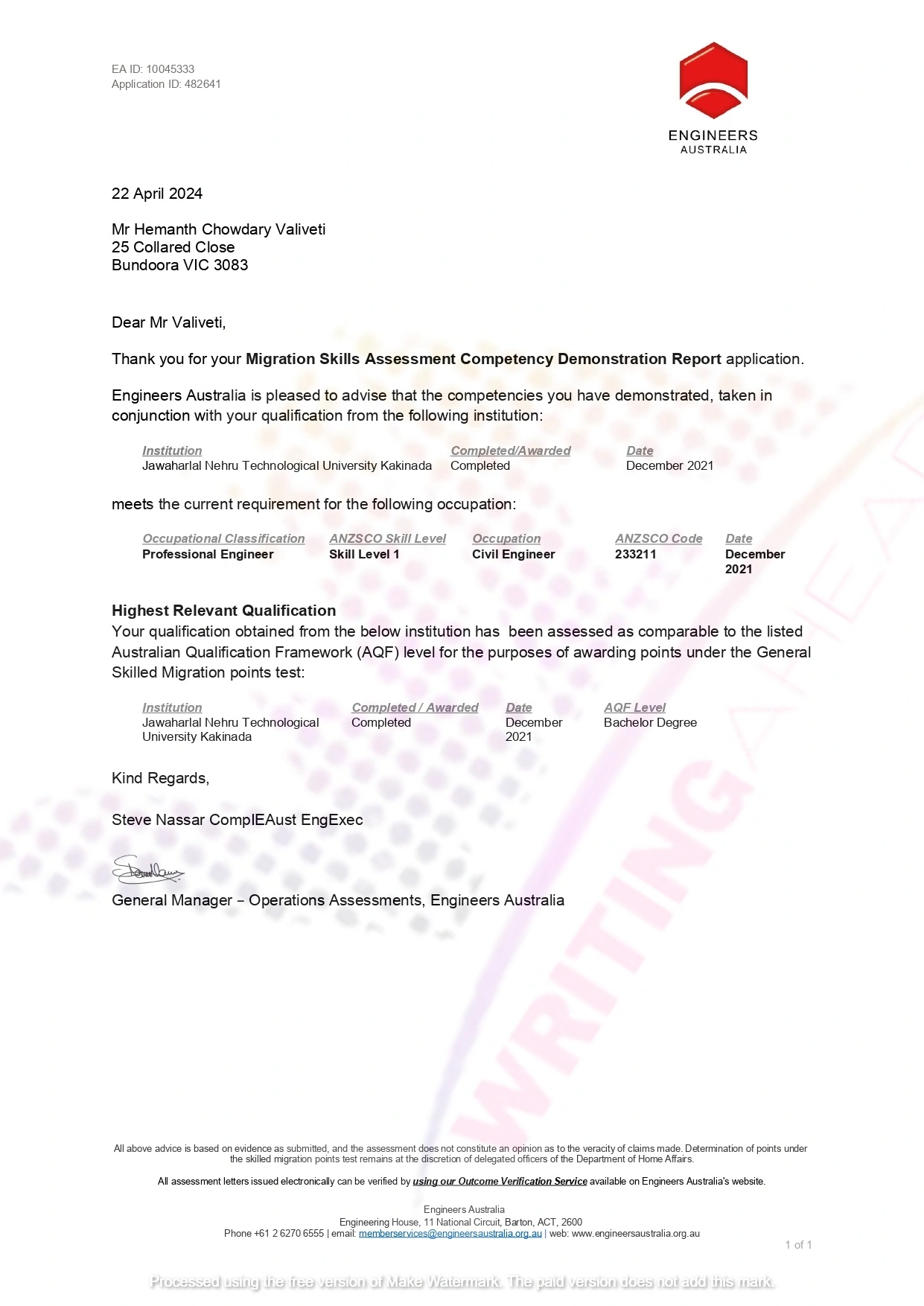IET Professional Registration for Chartered Engineer


🏅 4.9/5 Rating
Certified Experts
💯 Privacy
Premium Quality


🏅 4.9/5 Rating
Certified Experts
💯 Privacy
Premium Quality
Institution of Engineering and Technology (IET) Professional Registration is an internationally recognized qualification which formally acknowledges the competence of an engineer, experience as well as upholding of professional standards. It gives formal approval of your engineering ability and professional dedication and is in line with requirements aligning by the engineering council of UK. Registration via the IET may result in the following esteemed titles.
All of which are aligned with the engineering council in the UK.
So you are an engineer slaving away in the UK, possibly in design, systems or electrical, or whatever your flavour and you have no doubt heard of CEng, right?
That suaven little title - Chartered Engineer- is a knockout in engineering circles. It really is more than a snazzy bit of post-nominal initials it really is a professional badge of credibility, which can open doors, both here in the UK and around the world.
However, to achieve this, a number of engineers undergo IET Professional Registration. And don’t worry that it might seem slightly formal - I shall explain it as though we were chatting over the wall in a cup of tea.
As stated by the Engineering Council UK:
A Professional Registration with IET not only recognizes your engineering capabilities but also enhances your employability, worldwide mobility and long-term professional development.
Thinking to join becoming a member of IET but unsure whether you qualify? Don -worry, we will take it nice and easy, so you understand precisely who is eligible to become an IET Member, and what it may offer to you.
Are you a fresh graduate, an experienced engineer, a technician or a person working in a closely related area - there is probably a level of membership that willfit the stage of your career.
| Engineering Graduates (Even Fresh Out of Uni) | Have a degree in engineering, IT or a similar field - excellent! You may submit an application of Associate Membership (AIET) or initiate the process of becoming a Chartered Engineer (CEng) or Incorporated Engineer (IEng). |
|---|---|
| Experienced Engineers and Technologists | Long time in the field? Are you a designer of systems, a team manager, or an on-site safety practitioner? - then your experience might qualify you to become a full Member (MIET) and even gain Professional Registration. It does not always have to be a degree - work based learning and experience can also be taken into consideration. |
| Technicians and Apprentices | You can apply as a Technician Member if you are a qualified technician, or undertaking an apprenticeship. It is an excellent path to establish your reputation in the sector and towards registration as EngTech. |
| IT, Software & Digital Professionals | You do not need to be a “conventional” engineer. Whether your thing is cyber security, software, artificial intelligence, telecoms, or any other digital technology career path - the IET is delighted to have you. Technological specialists are usually an unappreciated lot, and the IET appreciates your problem solving and innovations equally. |
| Students Studying Engineering or Technology | Still at uni / college? No dramas. It is possible to become a Student Member - it is free in the majority of cases and allows access to journals, mentors, job boards, and events. It is a clever idea which can earn you placements, a network and a head start. |
| Academics and Researchers | Do you work in STEM-related higher education or research? Your innovation or teaching activities may be used to satisfy membership and even registration as a CEng or IEng. |
IET also offers routes to professional registration with Engineering Council UK:
| Title | Education Requirement | Experience Requirement |
|---|---|---|
| CEng | Accredited MEng or equivalent | Typically 4&6 years of responsible work |
| IEng | Accredited BEng or equivalent | Practical experience and technical skills |
| EngTech | Relevant Level 3 qualification or NVQ | Technical support role experience |
| ICTTech | Qualifications/experience in ICT fields | Minimum 3 years in ICT-related duties |
It can be complicated to prepare your report to the UK-SPEC (UK Standard for Professional Engineering Competence). This is the reason why professional services such as Writing Ahead aid candidates with:
With formal engineering/technology qualifications:
💡 MEng MIET CEng
💡BEng MIET IEng
To practitioners whose qualifications are not accredited but have considerable experience in the industry:
Designed to those who have completed an approved engineering apprenticeship:
Internationally qualified engineers may apply provided:
| Membership Level | Requirements | Designation |
|---|---|---|
| Student Member | Enrolled in engineering/technology program | None |
| Apprentice Member | In a recognized apprenticeship scheme | None |
| Associate (TMIET) | Technical qualifications or early career | TMIET |
| Member (MIET) | Accredited degree or equivalent + experience | MIET |
| Fellow (FIET) | Senior leadership, innovation, or significant impact | FIET |
| Title | Qualification Needed | Experience Needed | Designation |
|---|---|---|---|
| Chartered Engineer (CEng) | MEng or equivalent | Usually 4–6 years | CEng MIET |
| Incorporated Engineer (IEng) | BEng or equivalent | Practical, hands-on experience | IEng MIET |
| Engineering Technician (EngTech) | Level 3 NVQ/HND | Support/technical role experience | EngTech MIET |
| ICT Technician (ICTTech) | ICT qualification or relevant experience | 3+ years in ICT-related work | ICTTech MIET |
When you apply to become an IET Member (either at MIET, EngTech, IEng or CEng level) you are making a major step to advancing your engineering career. However, the truth is that many applicants tend to trip on basic problems that were easily preventable.
So that your trip will be easier, we have prepared a list of the most typical errors, the effects they produce, and the ways to correct them or even prevent them.
| Mistake: | Impact: | Solution: | Conclusion : |
|---|---|---|---|
| #1: Not Understanding the Right Membership Level | You make an application to the incorrect route (e.g. CEng when you should have applied at IEng), this slows down your application or causes it to be rejected. | have a look at the various levels of membership:
|
To check your level, go to the IET Career Manager tool or call their membership advisor. This short conversation will help you avoid several headaches in the future. |
| #2: Vague or Generic Work Descriptions | Reviewers can not judge your actual competence - your skills are not depicted clearly. | Be specific! Give practical examples of your own work:
|
You can imagine it like this: when you would describe your job to a new friend in the pub, you would have to be informative yet interesting. That is the tone you want! |
| #3: Missing Key Competency Evidence | Partial application - is returned or rejected. | Use the IETs UK-SPEC framework. You need to demonstrate all the competencies required:
|
2-3 good examples per section- it is better to be deep than wide. |
| #4: Poor CPD (Continuing Professional Development) Records | Appears that you are not professionally developing - damages your credibility. | Begin a basic CPD log -even just a word doc or a spreadsheet:
|
CPD does not equal lavish conferences - even viewing a webinar or mentoring someone can do. |
| #5: Weak Support from Sponsors or Referees | Without the necessary support, application will stagnate or become discredited. | Select referees that:
|
Warn them before you list them, and go so far as to provide them a copy of your application to refer to. |
| #6: Rushing the Application Last Minute | You overlook significant points, make mistakes or miss out on crucial paragraphs. | Approach the application as a project- not a tasks (time consuming). Allow:
|
Give yourself a deadline earlier than that of IET. Take a breath! |
| #7: Making the Language | More Complicated Reviewers will struggle to understand what you actually did. | It must be in simple, plain English. No need to talk like a learned scholar - just be accurate and certain:
|
Don’t write as though you are having a yarn with your tradie mate either - or as though you are a robot. |
| #8: Ignoring Feedback from Initial Reviews | You make the same errors or fail to make amends to resubmit. | In case IET provides you with feedback or requires you to make revisions, do not ignore it. It indicates that they are providing you with an opportunity -not shutting the door. | Read their feedback, fix your application, and (if necessary) have another person proofread or offer a second opinion. |
| #9: Not Using IET Resources | You are really making a mountain out of a molehill! | utilize what is available:
|
And the international applicants, particularly those in Australia, Saudi Arabia, or India are supported as well, so make use of it! |
| #10: Thinking You’re Not ‘Good Enough’ for Membership | You never submit -and ruin the chance of recognition, pay increase or promotion. | The imposter syndrome is existent, old chap. But do not let that hinder you. If you’re:
|
And the international applicants, particularly those in Australia, Saudi Arabia, or India are supported as well, so make use of it! |
When you are registered professionally by the Institution of Engineering and Technology (IET) - e.g. CEng (Chartered Engineer), IEng (Incorporated Engineer), or EngTech (Engineering Technician) - you need to provide a detailed Competence and Commitment Report against the UK-SPEC (UK Standard for Professional Engineering Competence).
In your report you need to show how you address the five competency areas of the IET in the UK-SPEC:
Familiarise yourself with the current UK-SPEC (UK Standard for Professional Engineering Competence) before you begin to write.Ensure you are familiar with all the five competence areas (A to E) of your level of registration (CEng/IEng/EngTech).
Prepare to become an IET Chartership? Allow WritingAhead to allow you to pass your IET Membership and Professional Registration with experience and assured outcomes in 15+ years of expertise.
It really is, yes. Professional registration demonstrates that you are up to the industry standards and that you possess actual skills and experience. It is not only a title. It makes you more outstanding in job applications, it makes you more credible to clients and employers, and it can even get you higher salaries and new job offers.
You can imagine it in this way: it is a means to demonstrate that you are serious about your profession. And already in lots of industries, particularly in engineering and construction, it is turning into a need-to-have. Professional registration will also help you have an easier move, in case you intend to work in such countries as Australia or the UK. So, when you got a long-term perspective - then it is definitely worth it.
Frankly speaking, it is not simple, yet it is quite achievable in case you are determined. Registering as a Chartered Engineer (CEng) in the UK allows you to demonstrate your competence, experience and knowledge of engineering at a advanced level. You will have the appropriate qualifications (such as a recognized degree), good work experience and you will be required to go through a professional review.
But this is the good news, you do not need to do it by yourself. Mentors and training programs are available, as well as writing services that can take you through the process- particularly when English is not your native language. It is therefore possible, with the help you can achieve it. And when you do, it leads you to better jobs, better salaries and international recognition.
Not always! Although it makes things easier, having an accredited engineering degree is not the only way. Even if you have good work experience or other qualifications, you may still apply under what is known as an individual assessment. The IET does not only focus on your degree, but your entire journey. Then don t panic that your path is slightly different.
Well it all depends on your case, however the average person has taken about 3 to 6 months to complete the process. When you have your documents in order, and you act promptly, then things go faster. However, it may take slightly longer should you require time to work on your report or to find evidence. The most important thing is to remain organized- and never be shy to seek assistance where you may require it.
Yes, absolutely! You can also apply to IET professional registration, even though you are an engineer based outside of the UK. The Institution of Engineering and Technology (IET) embraces global engineers across the globe.
You can also apply for titles such as Chartered Engineer (CEng) or Incorporated Engineer (IEng) as long as you can demonstrate the required experience and education (although the degree does not need to be UK-based). The process is also completed online with the help of IET Career Manager tool by many international engineers. And if you want to be known in UK or anywhere in the world, IET registration is a wonderful step, regardless of your location.
Yes, such exists! When you are a practising engineer with several years of work experience behind you, you may qualify to have your route to IET professional registration fast-tracked.
Rather than taking each and every single step as a fresh graduate, IET considers your actual experience in the field, positions of responsibility and technical accomplishments. You will still be required to produce evidence but the process may be faster-particularly when you have already attained senior ranks in your profession. Therefore, this pathway can help you save time and become a professionally registered person sooner, in case you have been playing the game for some time.

